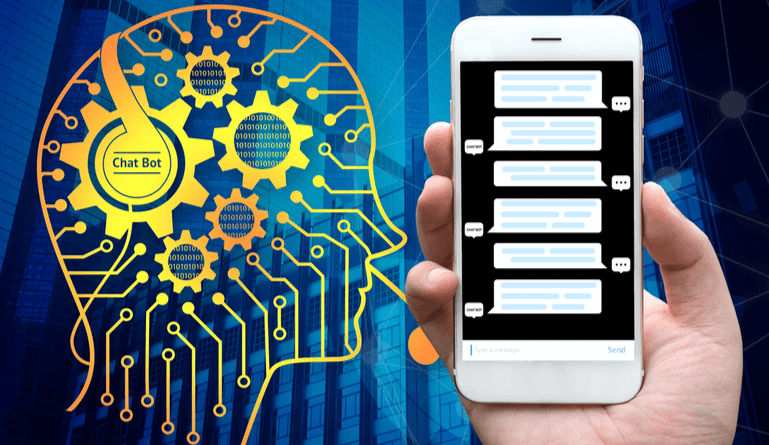
Image Source: Google
Chatbots have become increasingly popular in recent years, providing businesses with a powerful tool for engaging with customers and automating processes. If you're interested in delving into the world of chatbot programming but don't know where to start, this beginner's guide is for you. In this article, we will explore the fundamentals of chatbot programming and provide you with the necessary information to kickstart your journey into creating your chatbot. To get more details about chatbot programming, you can look at this website.
Understanding Chatbots
What are Chatbots?
Chatbots are computer programs designed to simulate conversation with human users, typically over the internet. They can understand natural language, interpret queries, and provide responses conversationally. Chatbots are used for a variety of purposes, including customer service, information retrieval, and task automation.
Types of Chatbots
- Rule-based chatbots: These chatbots follow predefined rules and can provide responses based on specific triggers.
- AI-powered chatbots: These chatbots use artificial intelligence and machine learning algorithms to understand and respond to user queries.
- Hybrid chatbots: These chatbots combine rule-based and AI-powered approaches to provide more sophisticated interactions.
Chatbot Programming
Choosing a Platform
Before you start programming your chatbot, you need to choose a platform that will host your chatbot and provide the necessary tools and resources. Some popular chatbot development platforms include:
- Dialogflow
- IBM Watson Assistant
- Microsoft Bot Framework
- Amazon Lex
Programming Languages
Depending on the platform you choose, you may need to use specific programming languages to develop your chatbot. Some common programming languages used for chatbot development include:
- JavaScript
- Python
- Java
- C#
Building Your Chatbot
Once you have chosen a platform and programming language, you can start building your chatbot. Here are some key steps to keep in mind:
- Define the purpose and functionality of your chatbot.
- Create conversational flows and responses based on user inputs.
- Integrate your chatbot with other systems and platforms if needed.
- Test your chatbot thoroughly to ensure it functions as expected.
Best Practices for Chatbot Programming
Personalization
Personalize your chatbot's responses to make interactions more engaging and relevant to users.
Clear Navigation
Ensure that your chatbot has a clear and intuitive navigation flow to guide users through interactions.
Feedback Mechanism
Implement a feedback mechanism to collect user input and improve the performance of your chatbot over time.
Continuous Improvement
Regularly update and enhance your chatbot based on user feedback and emerging trends in chatbot technology.
Conclusion
Chatbot programming offers an exciting opportunity to create innovative solutions for engaging with customers and streamlining business operations. By understanding the fundamentals of chatbot development and following best practices, you can unlock the full potential of chatbots and build powerful conversational interfaces that deliver value to users.